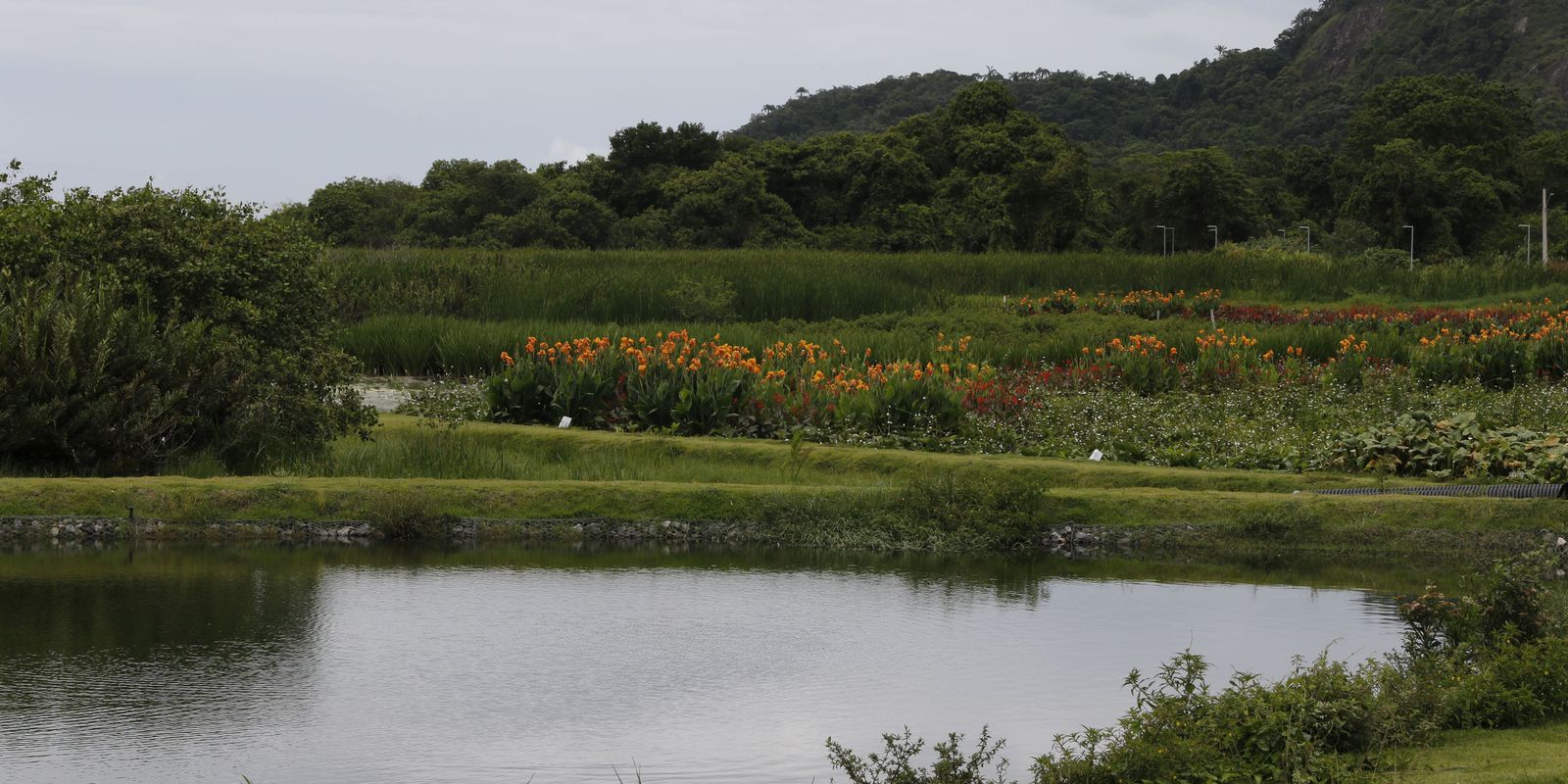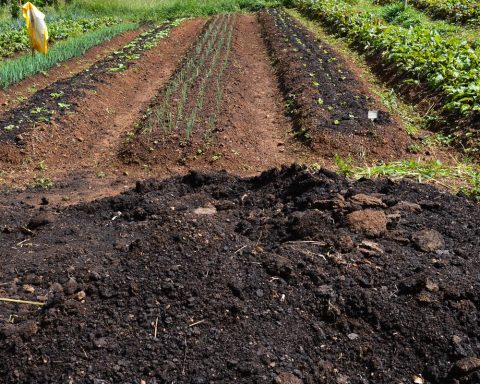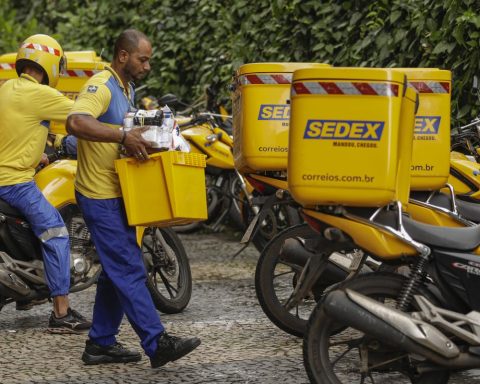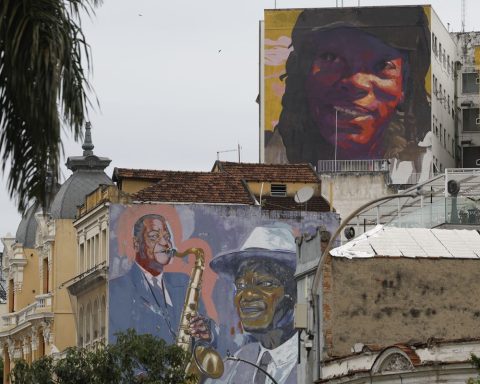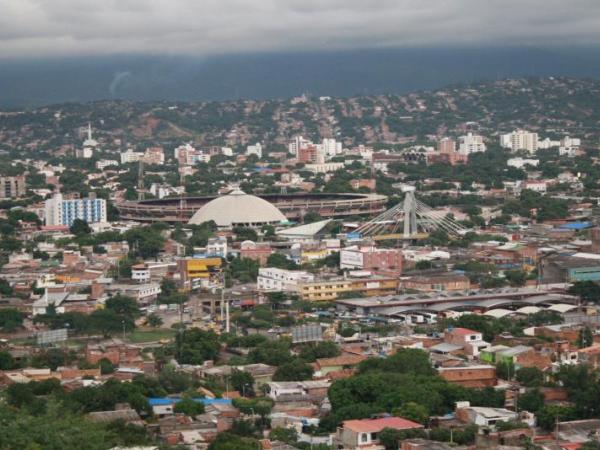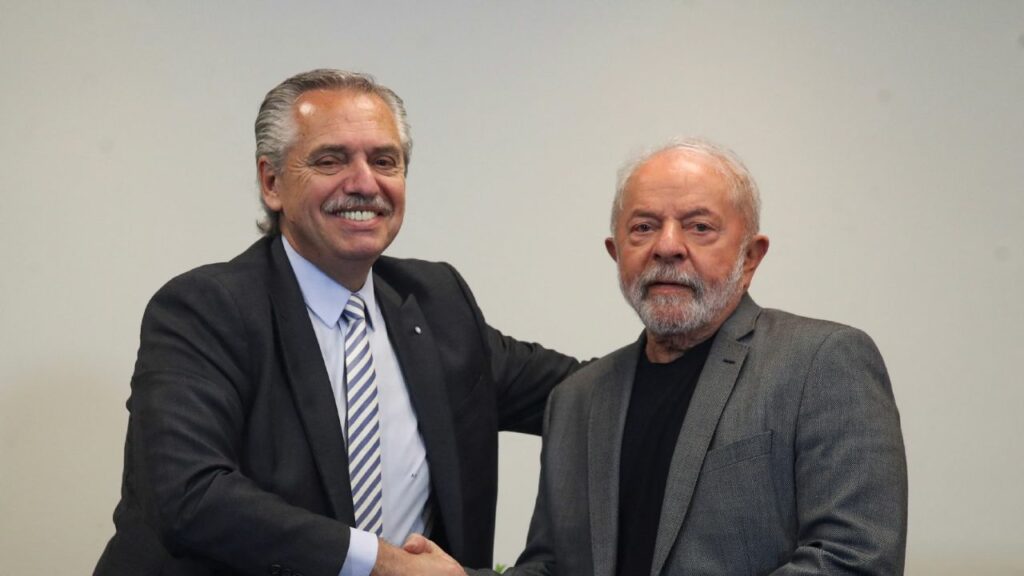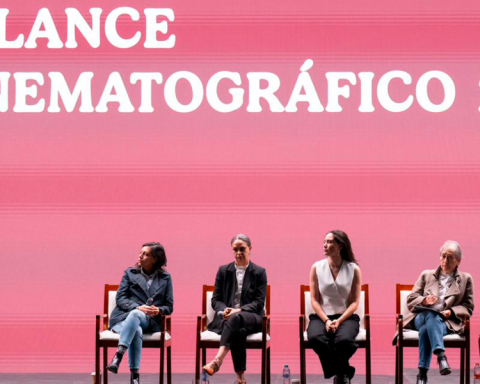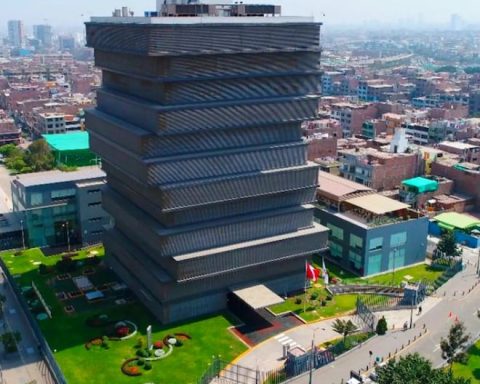A new park, which is being created in Niterói, in the metropolitan region of Rio, seeks to create a leisure alternative for residents, replant native seedlings and improve the quality of water in the Piratininga Lagoon. The area to be revitalized has 680 thousand square meters.
Named Parque Orla Piratininga Alfredo Sirkis (POP), the space will have bike paths, piers for contemplating the lagoon and for fishing, lookouts, sports courts, playgrounds, gym areas and an ecocultural center, integrated into the natural ecosystem.
In addition to the leisure infrastructure, reservoirs for sedimentation of solid waste, filtering gardens (with plants that clean the water) and rainwater collection ditches are also being installed, with the aim of preventing sewage and pollutants from flowing into the Piratininga Lagoon. . A seedling nursery will also allow the production of native plants to replace exotic species (which do not belong to the ecosystem).
“The surroundings of the lagoon did not have any vegetation management. Most species are invasive aliens, which harms biodiversity, as they do not attract birds. We are switching to native plants to attract birds and pollinators”, explains Andrea Maia, one of the park’s biologists.
The idea is to plant nearly 8,000 seedlings of native species around the lagoon. According to the engineer who supervises the works, José Carlos Planave, the forecast is that most of the works will be completed by May 2023.
Another part of the intervention, which includes the urbanization of a community on the banks of the lagoon, should be delivered later.
alligators
During the installation works of the park, the workers had a surprise. About 25 baby white-snouted alligators (caiman latirostris) were found in a belt channel, created years ago to concentrate the water coming from the pluvial network around the lagoon. The animals used the local plants to hide from predators.
Biologists then realized that the banks of the Piratininga Lagoon are a breeding ground for alligators. Since then, four adults and a nesting area for the species have also been identified, close to the place where the young were found.
When the workers noticed that there were cubs in the area, interventions were stopped and the project was adapted to protect the species. “We have delimited an area, where we will protect the edge of the channel and manage macrophyte plants [a vegetação aquática] of that channel. These plants filter the water and protect the animals that live there. We are going to create a nursery that has nothing artificial about it”, says Andrea Maia.
The idea is to protect the natural cycle of animals, without human interference. In addition, the preserved environment allows not only the birth of reptiles, but also the existence of food for them to grow and also reproduce.
